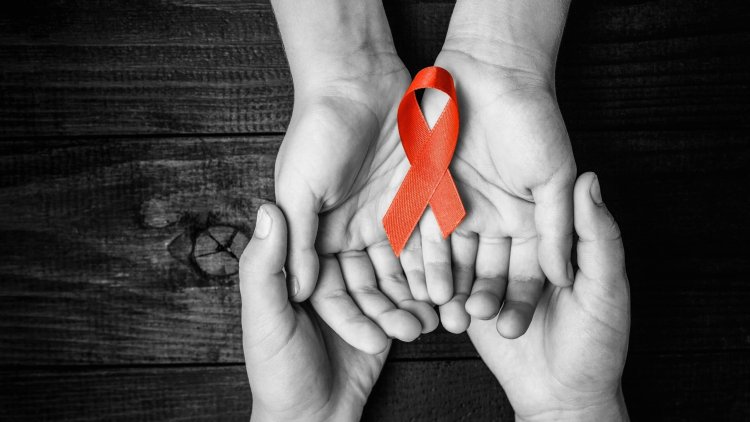The first woman cured of AIDS
The patient from the USA became the first woman and only the third person to be cured of HIV after a stem cell transplant.

The patient from the USA became the first woman and only the third person to be cured of HIV after a stem cell transplant.
The case of the cure was presented at a conference in Denver dedicated to retroviruses, and the first example includes the use of umbilical cord blood to treat acute myelocytic leukemia, which occurs in cells that produce blood in the bone marrow. Since receiving the blood, the middle-aged women has been in remission and without the presence of HIV for 14 months without the need for additional antiretroviral therapy. The donor was naturally resistant to the AIDS virus.
"This is now the third patient and the first woman that is cured", said Sharon Levin, president of the International AIDS society. Two previous cases were men, one white, one Latino, who were transplanted with adult stem cells, which are more commonly used in bone marrow transplants. The latest case of a "patient from New York" is part of a larger study by the University of California and Johns Hopkins University in Baltimore, which follows 25 people with HIV who are undergoing stem cell transplants as treatment for cancer and other diseases.
Patients first undergo chemotherapy to kill cancer-infected cells, and then receive stem cells from donors with specific genetic mutations that cause their cells to lack receptors that viruses use to infect them. Scientists believe that individuals who receive therapy then develop similar resistance that donors have.
Levin points out that although bone marrow transplantation cannot be a viable strategy for treating millions of people with HIV, their study shows that an anti-HIV drug can be developed and shows the potential of gene therapy for that purpose.
Although HIV is no longer a death sentence and people with the virus can live a normal and healthy life, some activists believe that perception may have shifted too far. HIV is a virus that attacks the immune system and if left untreated, can lead to AIDS - a disease in which the body cannot fight even mild infections.
Around 38 million people in the world lived with HIV in 2020, and approximately 700,000 of them died of AIDS-related diseases, which may be the result of a lack of treatment for the virus.





























